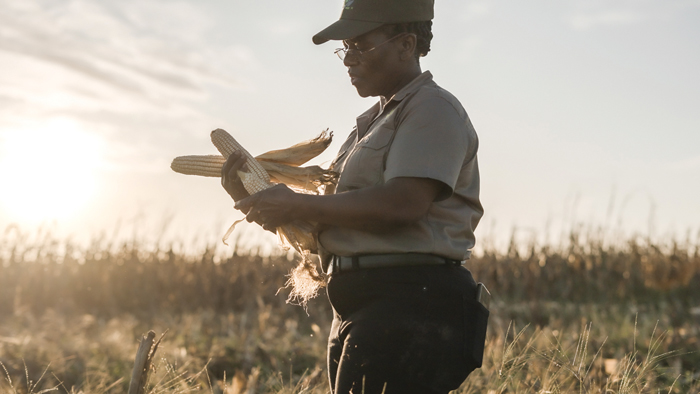 For almost three decades, the development of emerging agriculture in South Africa has been slow-paced. This is attested by the contributions of this segment to the agricultural output of the country, which ranges from 2% to 12% for most commodities other than beef cattle (34%) and goats (82%).
For almost three decades, the development of emerging agriculture in South Africa has been slow-paced. This is attested by the contributions of this segment to the agricultural output of the country, which ranges from 2% to 12% for most commodities other than beef cattle (34%) and goats (82%).
The slow pace of land reform and rather disjointed support to the farmers have contributed to the current picture. The prevailing land tenure systems for emerging farmers have constrained their access to finance because of the unregistered tenure rights (for farmers on communal land), untransferable title deeds (for beneficiaries of land restitution) and long-term leases from the state that are not registered with the deeds office (and therefore not transferable). These various land tenure restrictions leave the farmers with no tangible security to pledge when borrowing funding, especially for long-term investments.
Sector role-players have been grappling with the challenges of inclusively growing agriculture, particularly bringing the under-utilised land that is held by emerging farmers to optimal use and thus increasing the share of black farmers in agricultural production. The government-led blended finance scheme is seen as a key solution for the farmers to access finance for production, long-term investment, and technical assistance.
The blended finance scheme started as a partnership between the government and the Land Bank in November 2018, known as the Black Producer Commercialisation Programme – Blended Finance (BPCP-BF). It was discontinued in 2020 and formally launched with the Industrial Development Corporation (IDC) in March 2021. There is eager anticipation amongst farmers for the government-driven blended finance scheme to be rolled out to commercial financial institutions.
Meanwhile, there have been several blended finance initiatives in the sector which are less talked about. Notable are the partnerships between The Jobs Fund and grain producers, deciduous fruit growers, Sernick and citrus growers. These schemes leveraged funding from The Jobs Fund, industry levies, commercial lenders and other partners to grow emerging farmers in their respective industries as well as to create new jobs. Similarly, corporates have used enterprise and supplier development (ESD) funding to partner with other institutions to finance emerging agriculture. The partners have included public and privately owned development finance institutions as well as commercial lenders. In some of these instances, there have been formal arrangements for blending the funds, while in others the institutions have co-financed farmers without a formal arrangement amongst themselves.
Lessons should be learnt from these funding schemes for the furtherance of the blended finance scheme partnerships. Some elements stand out: The first one is that while comprehensive and well-coordinated technical support for emerging farmers is often critical for their success, it is not always well catered for in funding arrangements. Secondly, blended finance schemes have a lifespan. Hence an exit strategy is critical to ensure that farmers are not perpetually dependent on such schemes, but graduate and move on to commercial finance, leaving room for new entrants to be supported by the same or new blended finance schemes. A third key learning from existing blended finance partnerships (formalised or otherwise) should be transparency in the flow of funds to beneficiaries from the various partners to manage beneficiary debt levels.
Blended finance for agriculture goes beyond supporting farmers only, but is also essential for infrastructure such as dams, transport and trade logistics, and processing and storage facilities.
The more lessons that the agri-sector can draw from the recent and current blended finance initiatives, the better equipped the sector would be for the long-awaited government-led blended finance scheme and to extend financing partnerships beyond production to other critical needs.




















